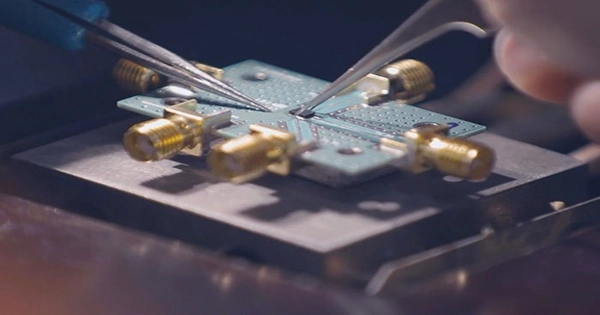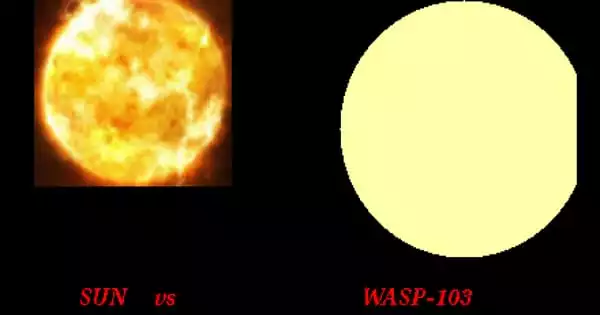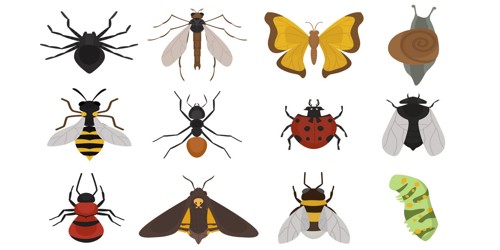All things turn into crabs eventually; it’s one of nature’s stranger laws. And it appears that nature is keeping up with the developments in this day and age because the next thing to become irritable may be your electric automobile.
According to new research that was just published in the journal Matter, “Rechargeable aqueous Zn [zinc] metal battery] appears promise for grid energy storage demands, but its applicability is hampered by difficulties such as Zn dendrite development.” In this work, we present a chitosan-Zn electrolyte with Zn coordination for high-performance Zn-metal batteries.
We need to have a basic understanding of how batteries function in order to comprehend what is happening here and what the issue with the present models is. A battery’s fundamental components are an anode, a cathode, and an electrolyte layer that connects the three.
An oxidation reaction, which is a chemical process, occurs when a battery discharges. Charged ions are released from the anode, the battery’s negative terminal, which is frequently made of zinc, and travel through the electrolyte to the cathode, or positive terminal, of the battery. All of this transpires as an external circuit, which generates the electrical current needed to power your phone, flashlight, and limited-edition Nintendo Virtual Boy console while balancing the system, is being traversed by a stream of electrons.
However, the Earth may suffer significantly as a result of our sheer reliance on these small chemical reactors. According to the lead author of the new article and Liangbing Hu, director of the University of Maryland’s Center for Materials Innovation, “vast quantities of batteries are being created and consumed, creating the prospect of environmental hazards.”
For instance, polypropylene and polycarbonate separators, which are frequently found in lithium-ion batteries, can take hundreds or even thousands of years to break down and are therefore a burden on the environment.
But as the end of the world, as we know it approaches due to climate change, we’re not likely to give up batteries anytime soon — quite the contrary, in fact. We can already fly in electric planes and race electric speedsters in the desert, and five years from now, buying an electric automobile will be as affordable as buying a gas-powered one. Clearly, we need to find another alternative.
And Hu’s group believes that crabs are the solution. Or, to be more precise, chitosan, a biological substance that can act as an electrolyte that is completely biodegradable.
Chitosan is a byproduct of chitin, according to Hu. “Squid pens and the cell walls of fungi are two sources of chitin.”
The exoskeletons of crustaceans, however, are “the most plentiful source of chitosan,” he added. Crabs, shrimp, and lobsters are included, which are readily available from seafood trash. It is located on your table.
It sounds a little Monty Burns-like in terms of ecological advancements, but it could work. Within just five months, bacteria can nearly completely degrade a chitosan electrolyte layer, exposing only the metal of the battery. Zinc is a much more recyclable metal than lithium or lead since it is more prevalent in the earth’s crust, according to Hu.
He continued, “In general, well-designed zinc batteries are less expensive and safer.”
Additionally, this zinc-chitosan battery is just superior and more environmentally friendly. After 1,000 battery cycles, tests revealed that the prototype had an energy efficiency of 99.7%, which is a significant gain over the 70-75 percent efficiency that is typically regarded as outstanding for zinc batteries.
The new battery’s high efficiency also makes it a viable alternative for storing solar and wind energy before transferring it to power networks, further enhancing its environmental friendliness. Hu, however, is not finished yet. He has plans to make the battery even more environmentally friendly, starting with the manufacturing procedure.
I hope all battery components in the future are biodegradable, he remarked. “Not just the substance itself, but also the biomaterials manufacturing process.”
















